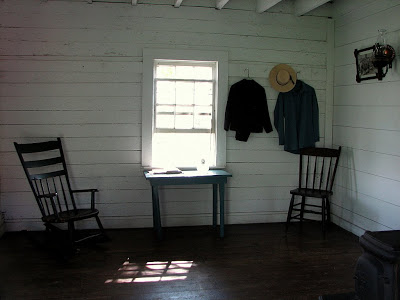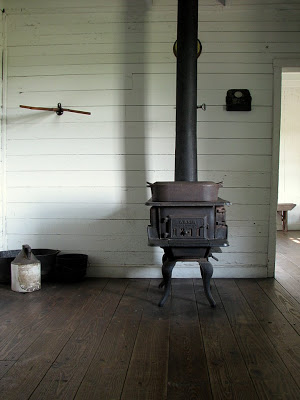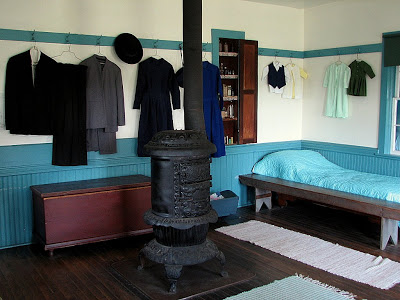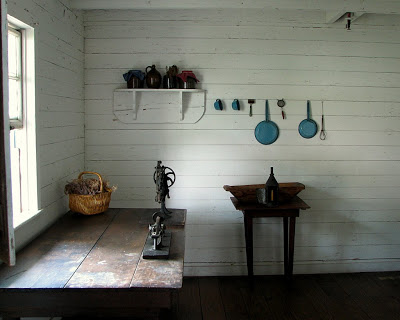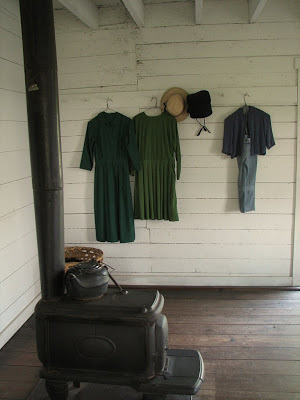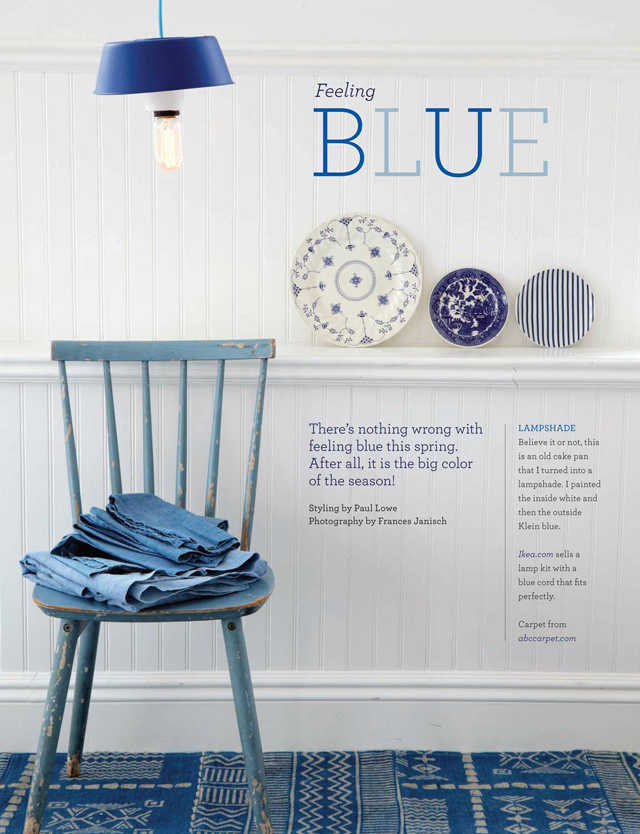Dom listopada
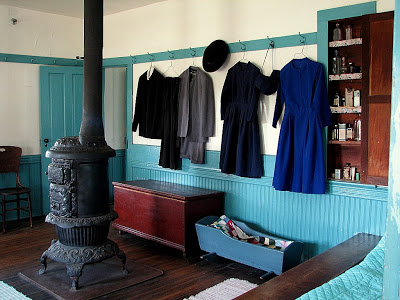
Dziś chciałabym Was zabrać do domu, który jest z innej kultury i z innej epoki. Dom ten został zbudowany w 1800 r. i należy do społeczności Amiszów. Jest to część muzealna, jednak po dziś dzień, domy tej wspólnoty nie wiele się zmieniły. Dzieje się tak, bo wszystkie aspekty życia są rządzone zbiorem zasad według których między innymi buduje się i urządza domy, stosuje technologie, szyje ubrania czy układa fryzury. Tak więc chociaż jest to część muzealna, która jest udostępniana zwiedzającym spoza społeczności to odzwierciedla rzeczywisty obraz domów w których dziś mieszkają Amisze. Dom ten w swojej prostocie ma ogromna siłę wizualną który dotyka czegoś więcej niż tylko aspektu mieszkania to z jednej strony pozbawiona wyrazu indywidualności przestrzeń, która jest odzwierciedleniem zapisanych reguł a z drugiej strony uporządkowany, przejrzysty i czysty kolorystycznie pokój o bardzo pięknym całościowym wyglądzie. Być może nie jesteśmy tego w stanie zrozumieć i zaakceptować, być może nas to przeraża ale ta „nierealna skromność” jest zachwycająca. Bardzo mocno mnie poruszyły te zdjęcia. Kolorystyka, światło, meble, ubrania rozwieszone na wieszaku wokół wszystkich ścian. Harmonia. Spokój. Dom Amiszów. (Kliknij zdjęcia aby je powiększyć)
Dom na farmie
Lokalizacja: Nappanee.
House of November
Today I would like you to take you to the house, which is from another culture and another era. This house was built in 1800 and belongs to the Amish community. It is partially a museum, but to this day houses of this community has not changed much. This is because all aspects of life are governed by a set of principles on which homes are built, technology is applied, clothes are sewed or hair arranged. Thus, although it is part of the museum, which is available to visitors from outside the community it also reflects the true picture of houses in which the Amish live today. House is in its simplicity has a great visual power that affects more than just this aspect of housing on the one hand a space devoid of expression of individuality, which reflects the written rules on the other hand orderly, transparent and pure colored room with a very beautiful overall appearance. Perhaps we are not able to understand and accept, perhaps we are scared but this „unreal modesty” is impressive. I am deeply moved by these pictures. Colors, light, furniture, clothes hung on the hangers around all the walls. Harmony. Peace. House of the Amish.
Today I would like you to take you to the house, which is from another culture and another era. This house was built in 1800 and belongs to the Amish community. It is partially a museum, but to this day houses of this community has not changed much. This is because all aspects of life are governed by a set of principles on which homes are built, technology is applied, clothes are sewed or hair arranged. Thus, although it is part of the museum, which is available to visitors from outside the community it also reflects the true picture of houses in which the Amish live today. House is in its simplicity has a great visual power that affects more than just this aspect of housing on the one hand a space devoid of expression of individuality, which reflects the written rules on the other hand orderly, transparent and pure colored room with a very beautiful overall appearance. Perhaps we are not able to understand and accept, perhaps we are scared but this „unreal modesty” is impressive. I am deeply moved by these pictures. Colors, light, furniture, clothes hung on the hangers around all the walls. Harmony. Peace. House of the Amish.
House on the farm
Location: Nappanee
Charakterystyczna kolorystyka i elementy wyposażenia domu Amiszów,
takie jak chociażby wieszaki.
The distinctive colors and fittings of the Amish’s home, such as hangers. Zdjęcia znalezione na Flickr (csyork65) a także na Bon-Voyage.
Zdjęcia znalezione na Flickr (csyork65) a także na Bon-Voyage.
Pictures found on Flickr (csyork65) and The Bon-Voyage.

